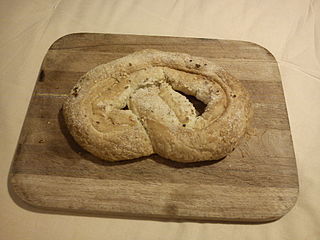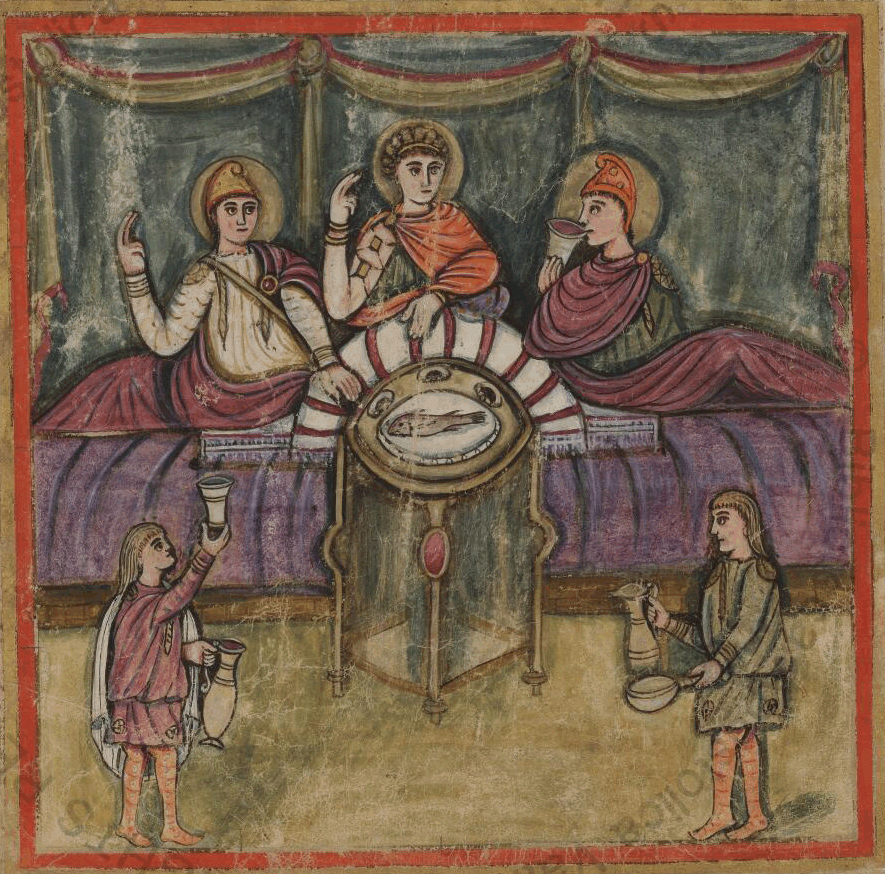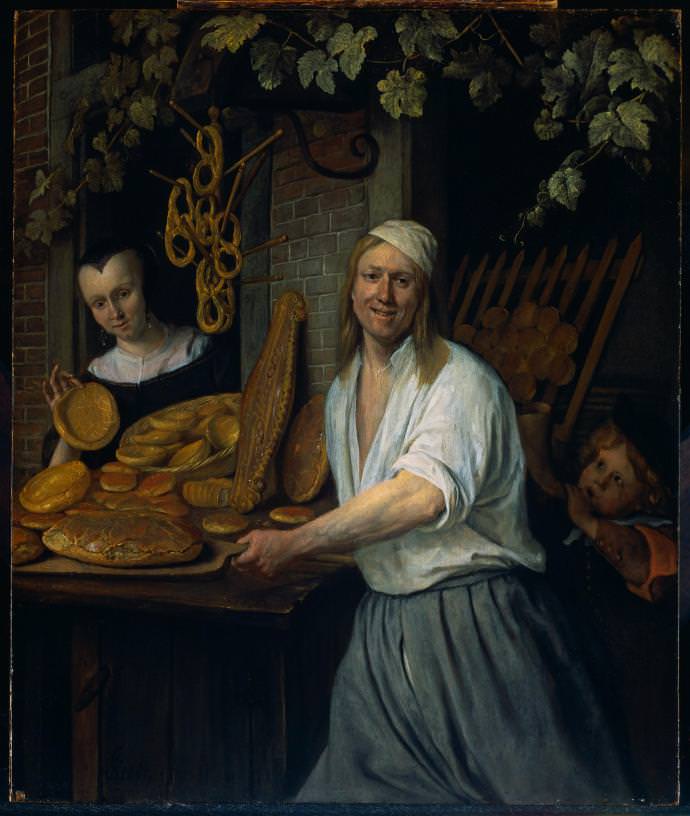One more personal comment and the whole thread goes.
Who wants to be the one to ruin it for everyone?
Who wants to be the one to ruin it for everyone?

Dang it!....I see some posts have already been deleted.....who keeps mucking up my topic about pretzels.... All I wanted was to learn more about the history pretzels....and their significance in the 18th century an more....And maybe educate myself and some others....#@%$?... :cursing:Claude said:One more personal comment and the whole thread goes.
Who wants to be the one to ruin it for everyone?
Wes/Tex said:I got excited but try as I might at looking through all my old cookbooks (yeah, collect them too) I can't find a single recipe or even reference to them. Ay Caramba! (not German)!! :haha:
fleener said:you guys ever think that what you are calling pretzels in all of those picture are really kringla?
http://4.bp.blogspot.com/_E3E2nJTt.../ogy6WzG8FFw/s1600/Ft.+Dodge,+Kringla+018.jpg
Fleener
fleener said:you guys ever think that what you are calling pretzels in all of those picture are really kringla?
http://4.bp.blogspot.com/_E3E2nJTt.../ogy6WzG8FFw/s1600/Ft.+Dodge,+Kringla+018.jpg
Fleener


https://en.wikipedia.org/wiki/KringleIn Denmark, kringle denotes the pretzel-like knotted shape rather than the pretzel pastry type. Kringler may be made from puff pastry (like Danish pastry) or yeast dough, filled with remonce or marzipan and raisins, sprinkled with coarse sugar, nut flakes or icing.
Other types of kringle in Scandinavia includes saltkringler, which are small salty kringler - the Scandinavian equivalent of pretzels -, and kommenskringler which are half-hand-sized breads in the kringle shape, made from unsweetened yeast dough spiced with caraway seeds. Sukkerkringler are similar, sweet pretzels, sprinkled with sugar instead of caraway. Smørkringler are large crusty and sweet pretzels with a spread of butter on the backside.
In Denmark, the official kringle emblem of the baker's guild is topped with a royal crown. Here from a modern bakery shop in Ribe.
zimmerstutzen said:All this pretzel talk and an hour until Aunt Annies' opens.
In the myriad of flour based baked goods, there seems to be an infinite variety, which each culture sharing similarities. We talk of things being sweet or salty and yet some can be both at the same time. One of the most amazing baked goods I ever had came from a bakery in Hyattsville Maryland and was called Russian black bread. At first it looked like very dark pumpernickle bread, but it had orange zest, cocoa and bits of sausage and other things in it. Both savory and sweet at the same time. A slice was like a sandwich and dessert all at once. Had a neighbor from far West virginia that made biscuits with cooked sausage bits in the biscuit dough. The sausage grease was the shortening/lard for the recipe. The biscuits were great, but I would not argue that she got the idea from the Russians.
In the evolution of food, I am sure there has been substantial borrowing from adjacent peoples as well as independent development of similar items and ideas. A pretzel like baked item has probably been around for at least a thousand years. Whether sweet or salty, soft or hard.
I remember as a toddler seeing a guy carrying a pole with a tv antenna like cross piece that was hung full of soft pretzels. he could hold them above the crowd as advertising as he made his way through a crowd selling pretzels. Having them hanging like that is a bit similar to one of those old paintings having the pretzels hanging.
I remember as a toddler seeing a guy carrying a pole with a tv antenna like cross piece that was hung full of soft pretzels. he could hold them above the crowd as advertising as he made his way through a crowd selling pretzels. Having them hanging like that is a bit similar to one of those old paintings having the pretzels hanging.

Enter your email address to join: